At Tra Vinh Wax Coconut Museum (Tam Ngai Commune, Vinh Long, formerly Cau Ke District, Tra Vinh), Cau Ke Patriotic Monks Solidarity Association recently held a ceremony to honor the late monk Thach So, who brought the first wax coconut variety to Vietnam to plant on this land more than 100 years ago.
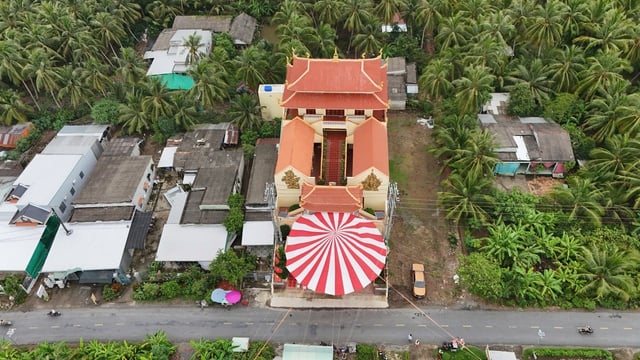
Tra Vinh Wax Coconut Museum
photo: tri tran
At the ceremony, Venerable Thach Thao, abbot of KanDal Pagoda (Chairman of the Association of Patriotic Monks and Monks of Cau Ke District, Tra Vinh), posthumously honored the late Venerable Thach So as "A virtuous monk - Sowing seeds of a blessed land - Founder of Cau Ke wax coconut"; and at the same time handed over the posthumous honor board to Tra Vinh Wax Coconut Museum for preservation.
The late monk Thach So (1886-1949) was the fourth abbot of Botumsakor Pagoda (Cau Ke, old Tra Vinh). He was the first person to bring the rare wax coconut variety from abroad to plant at Botumsakor Pagoda (Cho Pagoda), starting the wax coconut specialty, the pride of Cau Ke land.
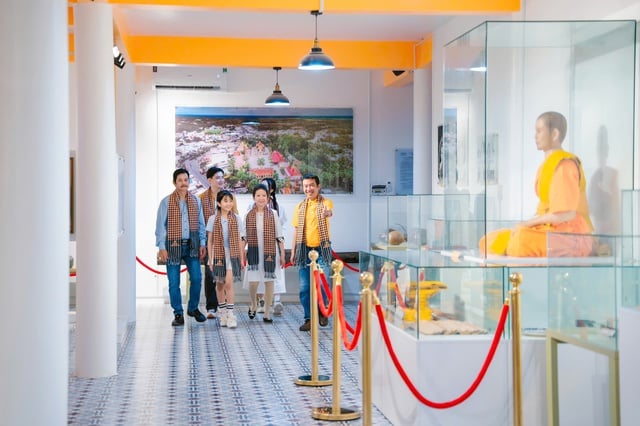
People visit the wax statue of the late monk Thach So at Tra Vinh Wax Coconut Museum
Photo: Nam Long
The wax coconut has an appearance quite similar to a normal coconut, but the special thing is that the inside of the flesh is very thick, soft, fatty and almost solid, with a little bit of light liquid. This fruit is often used to make smoothies or mixed with sugar and milk, very delicious and strange to eat.
Initially, the wax coconut tree was mainly grown by Buddhists and a few households for family consumption or as gifts. Thanks to its unique flavor, people passed it on to each other, and now this fruit has become a famous local specialty.
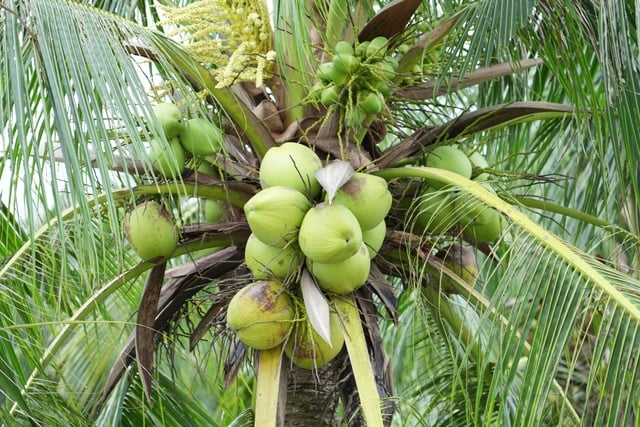
Wax coconut tree only produces waxy fruit on land in some places in old Tra Vinh.
Photo: Tri Tran
In particular, traditional wax coconut only produces wax fruit in some areas of Tra Vinh province (old). With the characteristics of being picky about soil and having difficulty producing wax fruit in other areas, wax coconut here has affirmed its unique position, becoming a rare specialty not only of the locality but also of the whole country. In recent times, wax coconut has become the main source of income for many Khmer households in the locality.
Currently, the communes of Cau Ke, Tam Ngai, An Phu Tan and Phong Thanh ( Vinh Long ) have more than 2,000 households growing wax coconuts on an area of over 1,145 hectares, of which Khmer people account for over 70%; the average annual output reaches more than 3 million fruits.
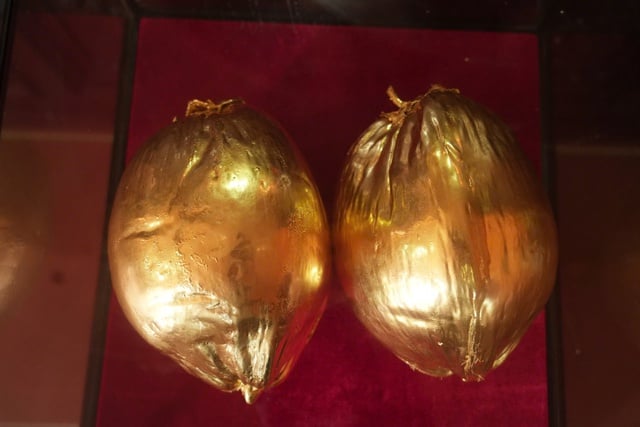
Two wax coconuts were restored and displayed at the museum.
Photo: Tri Tran
To commemorate the merits of monk Thach So, in 2023, Cau Ke Wax Coconut Processing Company Limited invested more than 20 billion VND to build Tra Vinh Wax Coconut Museum. This is the first museum in Vietnam to display wax coconut, with many artifacts, hand-painted paintings and valuable documents reflecting the history of formation, the development process of wax coconut and the cultural life of the Kinh, Khmer and Chinese communities in the area.
The museum also preserves half of the first wax coconut tree planted in Cau Ke and a wax statue of monk Thach So, to honor and commemorate the person who created the rare coconut variety for this land.
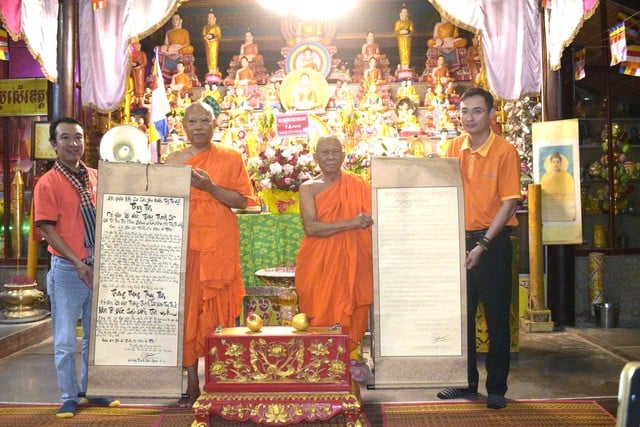
Venerable Thach Sok Xane, Head of the Executive Committee of the Vietnam Buddhist Sangha in Vinh Long province (second from right) and Venerable Thach Thao presented the posthumous honor plaque to the Tra Vinh Wax Coconut Museum for preservation.
Photo: Nam Long
Tra Vinh Wax Coconut Museum is not only an architectural work, but also a vibrant cultural space, where the hundred-year-old legend of the origin of wax coconut is preserved and spread. Besides, it is also a place to recreate the cultural life of the three ethnic groups Kinh - Khmer - Hoa living together under the canopy of wax coconut.
Source: https://thanhnien.vn/truy-ton-ong-to-giong-dua-sap-o-vinh-long-18525072110005204.htm




![[Photo] Explore the US Navy's USS Robert Smalls warship](/_next/image?url=https%3A%2F%2Fvphoto.vietnam.vn%2Fthumb%2F1200x675%2Fvietnam%2Fresource%2FIMAGE%2F2025%2F12%2F10%2F1765341533272_11212121-8303-jpg.webp&w=3840&q=75)





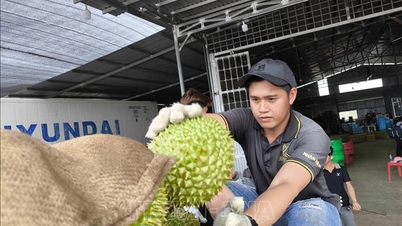

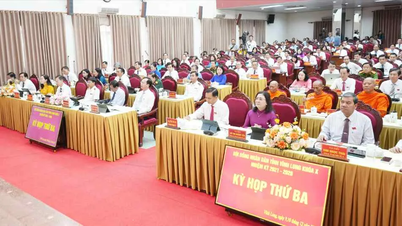

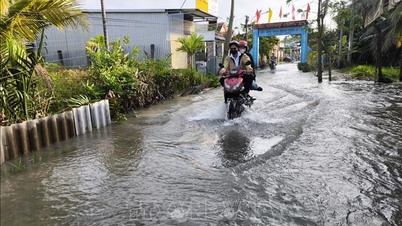
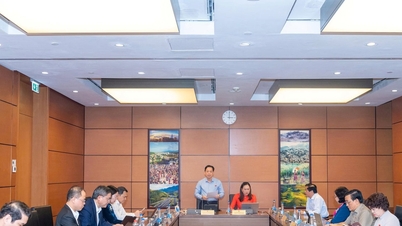

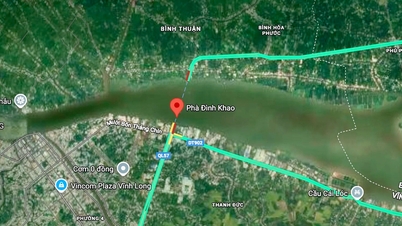

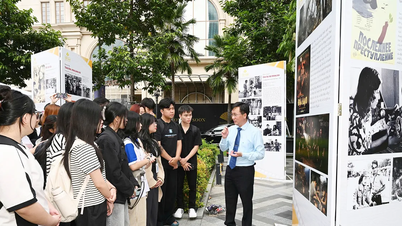
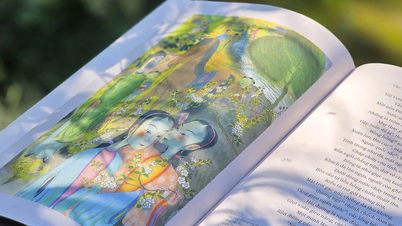

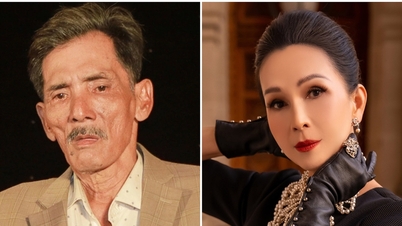










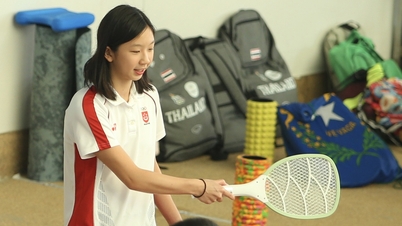
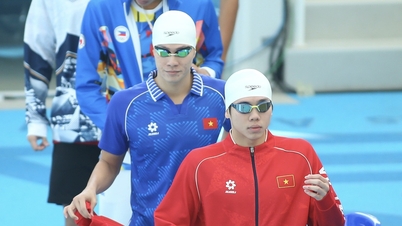

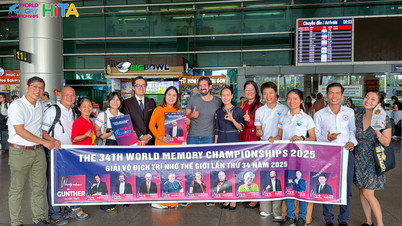

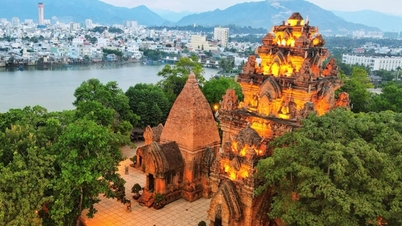



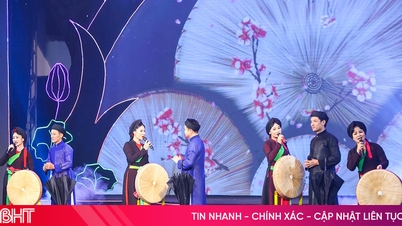

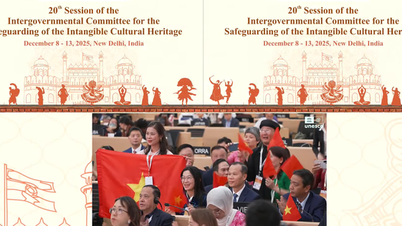

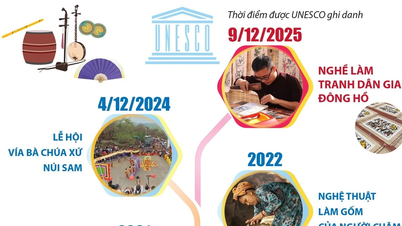

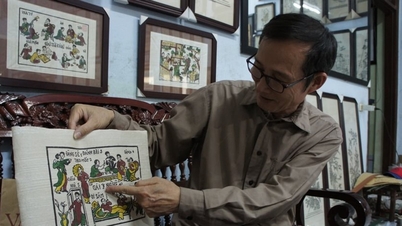

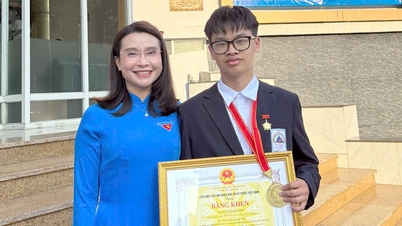

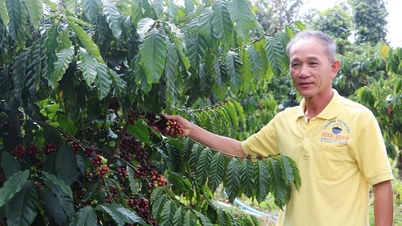

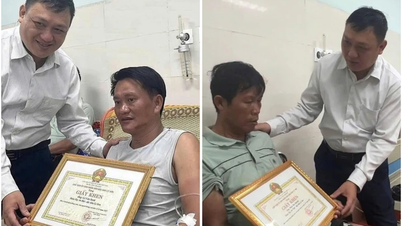
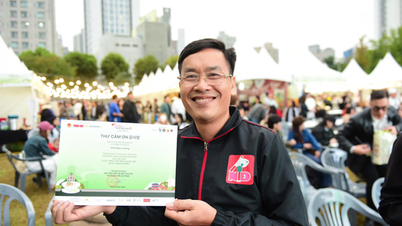

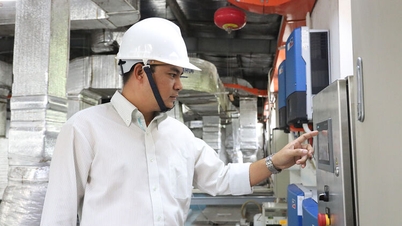



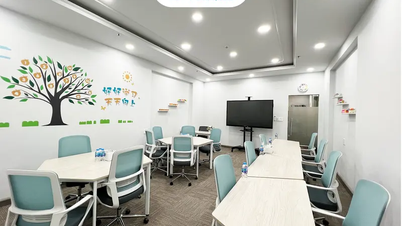

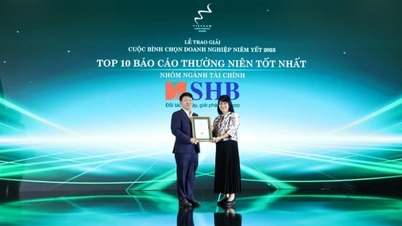


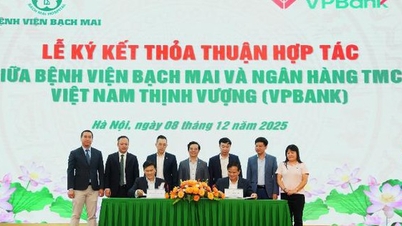







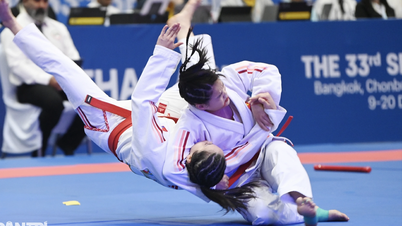

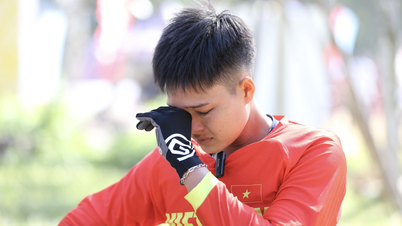


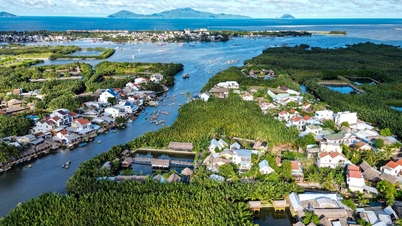



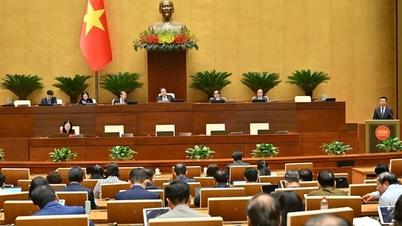

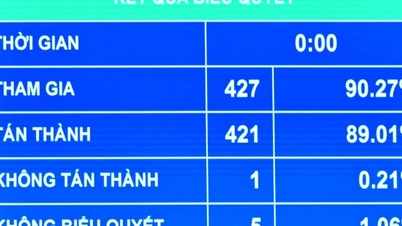
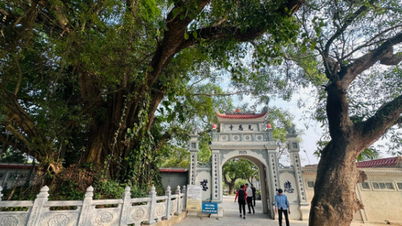
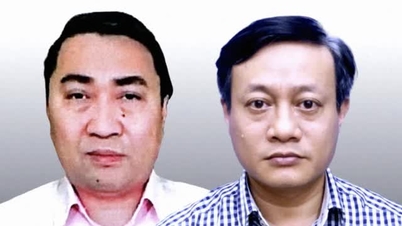

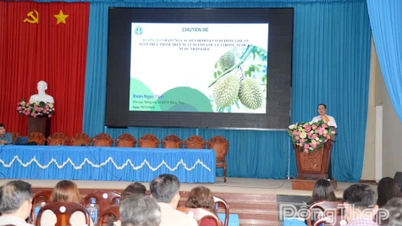

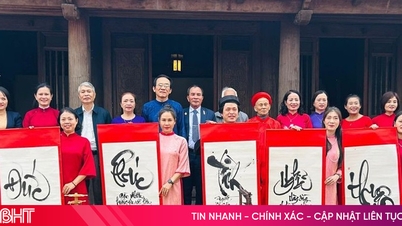

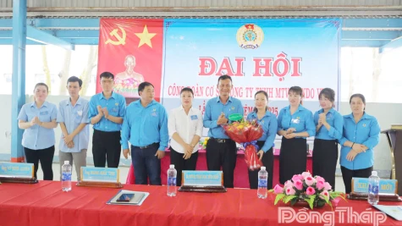


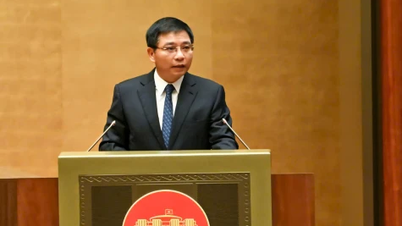
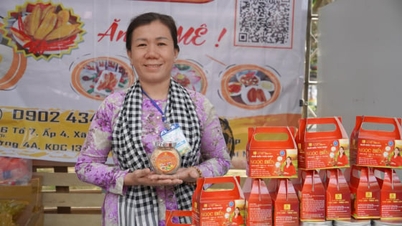










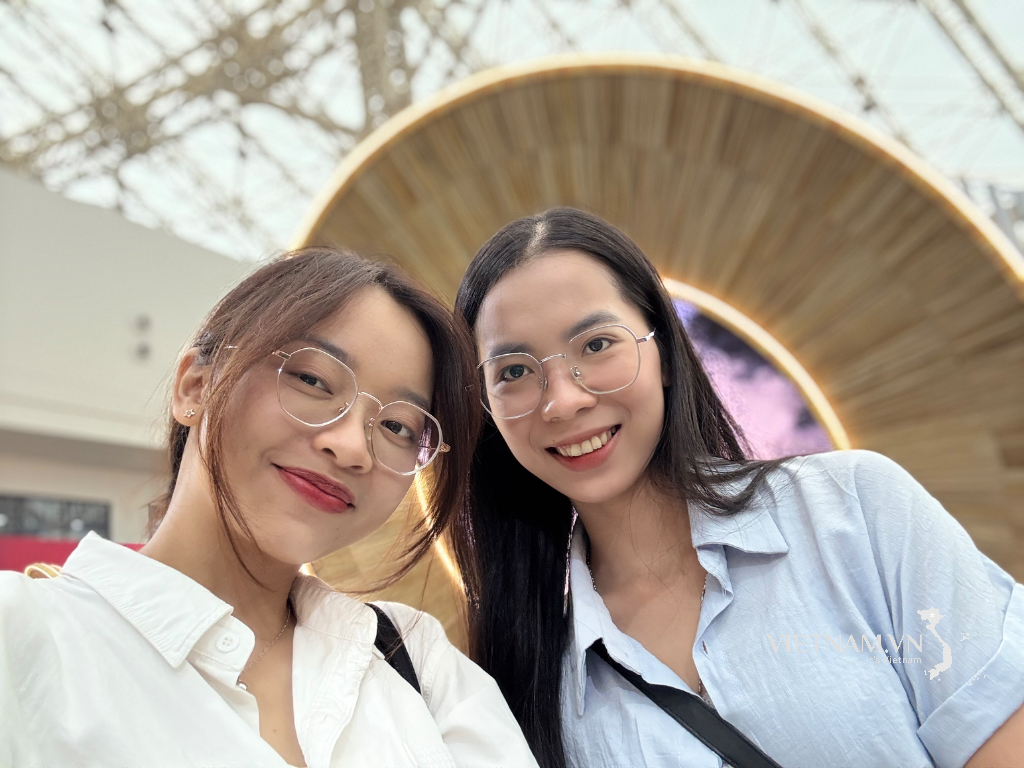






Comment (0)